How to play bagpipes?
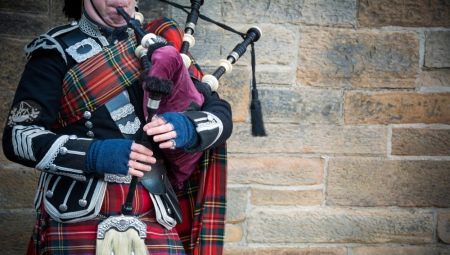
The bagpipe is known as a traditional wind instrument in many European and Asian countries. It is a container with air made of goat or calf skin. At the top of the container there is a tube through which the furs are filled, and at the bottom there are tubes for polyphonic playing.
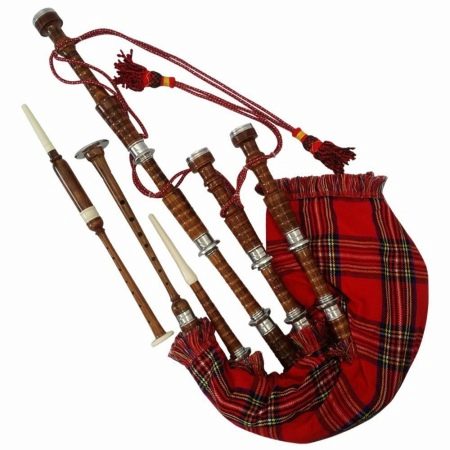
How to hold it correctly?
Holding the instrument correctly is the most basic lesson. After all, it depends on how beautiful the sound it will publish. Usually the bagpipes are held with the elbow. In this case, the elbow should be straight, like the arm as a whole. Pinching should be avoided.
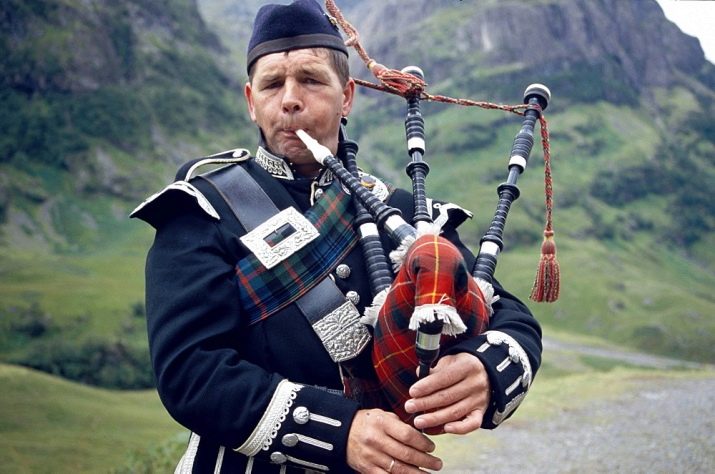
It is necessary to squeeze a musical instrument with your shoulder. In this case, the chanter should hang down, not be pinched. As for the bourdons, they should all be shut up except one. It is important that one is always open.
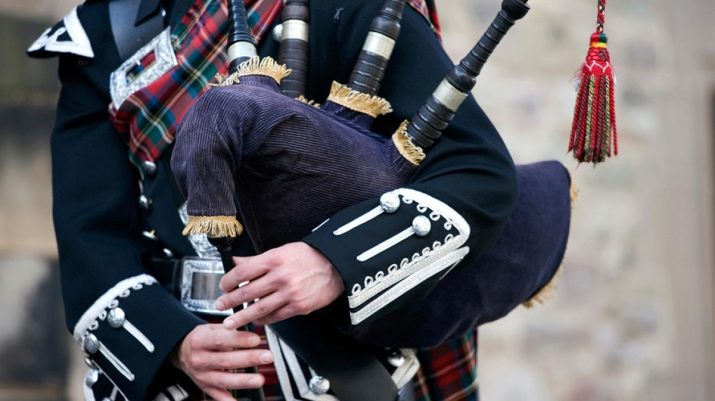
When the correct position is taken, you should try to squeeze the bagpipes and hold it in this state for a short period of time - 5-6 seconds. After that, you can blow into it to make sounds. You also need to blow for a few seconds, and then press for the same length of time.
It is important to try to keep the pressure stable.
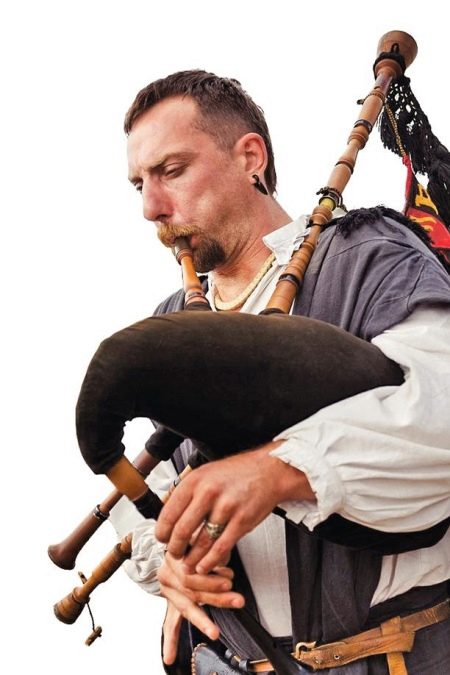
How do you move your fingers?
Another key consideration when playing bagpipes is proper finger placement. Moreover, it differs depending on the type of bagpipes. For example, for a Scottish instrument, the fingers should be nearly straight. They are placed on the holes and then put under slight pressure.
The joints should not bend inward, otherwise the speed of the game will suffer. For free movement of your fingers, you can move your palms slightly.
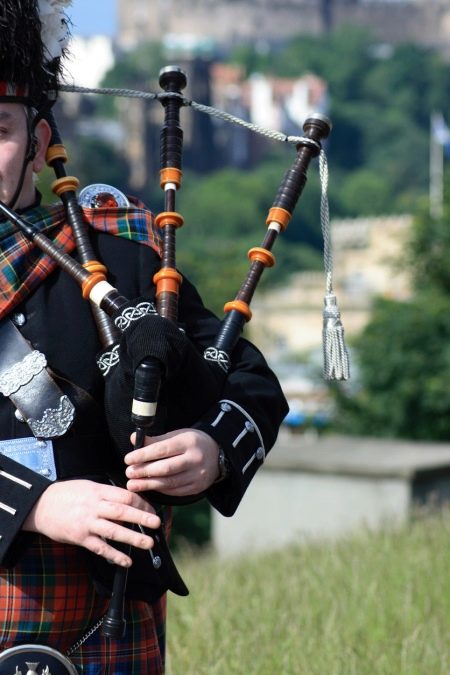
It is important that the holes in the bagpipes are covered exactly. Experienced pipers recommend following a number of rules.
- Raising the fingers must be done at a distance not exceeding 2 of their diameters. Only in this case, the pitch remains unchanged, and the hands do not get tired.
- When playing a grace note, the finger should be raised even less than when playing a clean note. Optimally, it should be raised by the value of one finger diameter.
- Do not curl your fingers. Correct movements by them assume bends only at the palm.
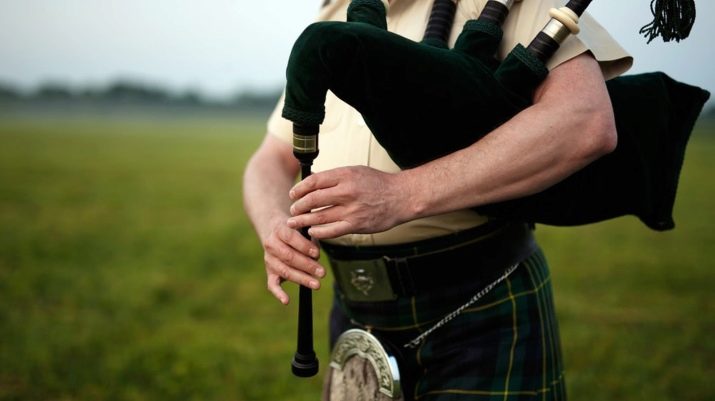
How to setup?
It is important to properly tune the instrument before playing. This procedure should be performed by a professional with excellent hearing. Only an experienced musician can distinguish between a well-tuned bagpipe and an out-of-tune bagpipe. Competent adjustment will allow air to flow evenly into the reservoir, which makes the game better.
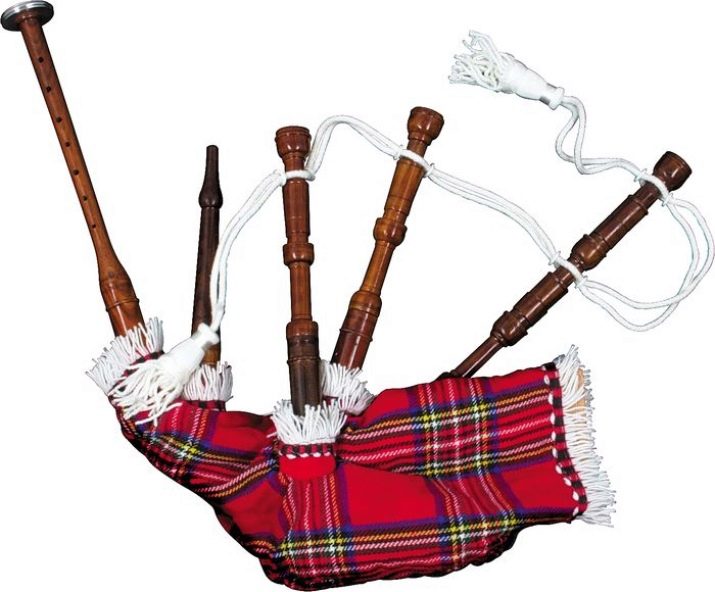
Often, when setting up, problems arise with the chanter (the tube on which the melody is played). In this case, the entire bagpipes should be checked. When adjusting, it is necessary to maintain normal pressure. This means that novice pipers should blow with more force than usual. For professionals, the sound that is obtained while adjusting the instrument is not a reference.
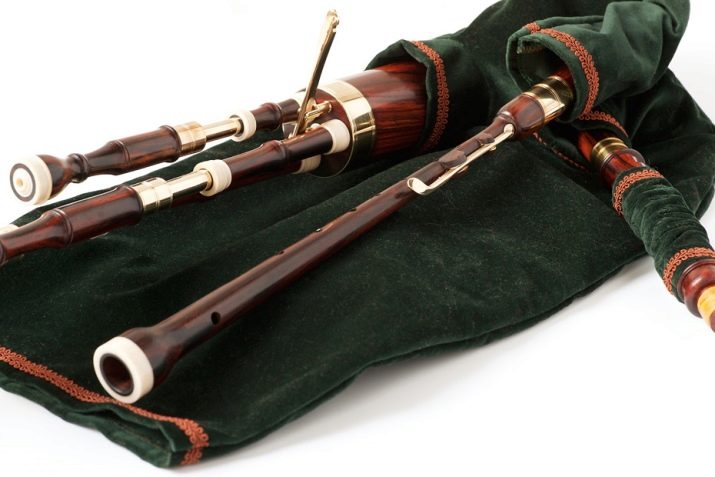
More precise settings are best done directly when playing it. First of all, you need to adjust the bourdon, and then play a couple of musical phrases. And if the instrument is Scottish, then it is worth choosing phrases that end in a lower "la".
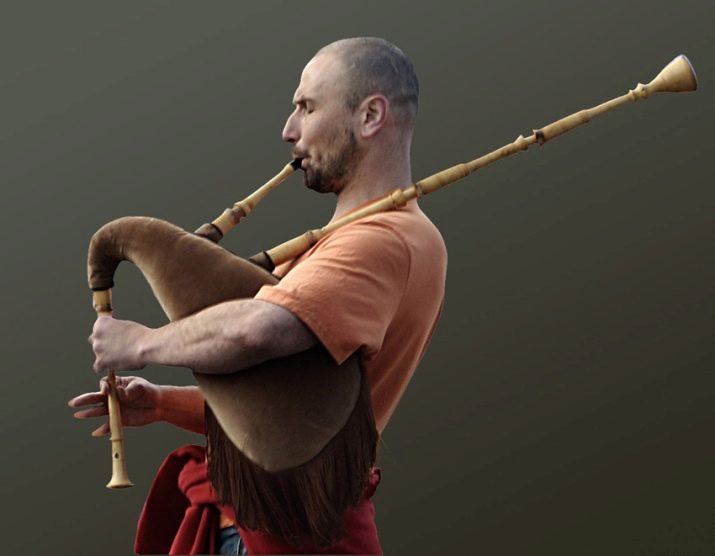
In the event that dissonance or some kind of beating is heard between the bourdon and the chanter, you must move the bourdon and then tune the instrument again. Quite often, when adjusting the bagpipes, an error occurs - an incorrectly selected force with which the piper blows. Often, during the tuning process, the blow is weaker than during normal playing. This is what provokes the lower sound of the burton and the higher sound of the chanter.
Such a nuisance can be eliminated by shortening the bourdon until the inconsistencies in sound or beat are minimal.
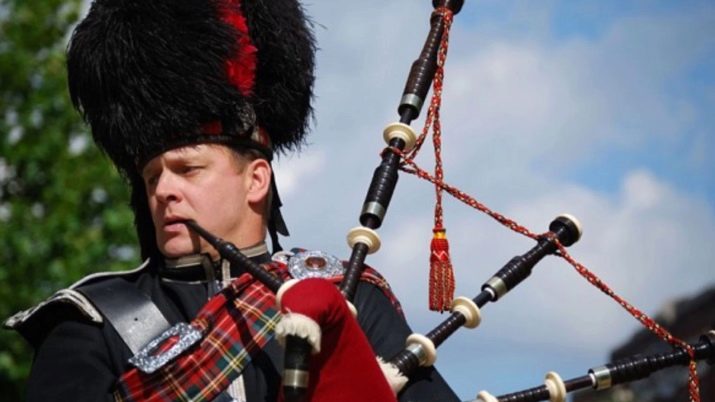
The optimum pressure in the instrument depends on the type of bagpipes. For Scottish, quiet sounds are considered more acceptable. Therefore, if the sound is too loud, you should blow with less force. However, it is worth making sure that the sound is not overly quiet, otherwise the whole timbre will be lost.
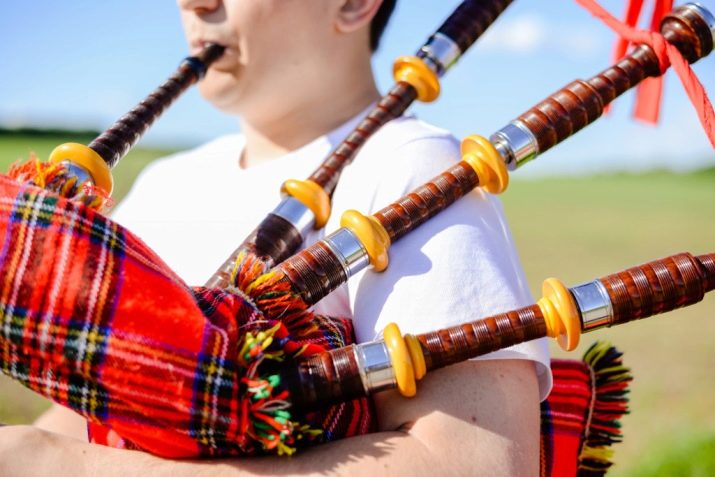
Irish bagpipes differ in that the pressure in them will change depending on the sounds. At the same time, it is important that the drums sound harmonious under any pressure. In addition, it is necessary that the pressure increases evenly as one moves towards the second octave.
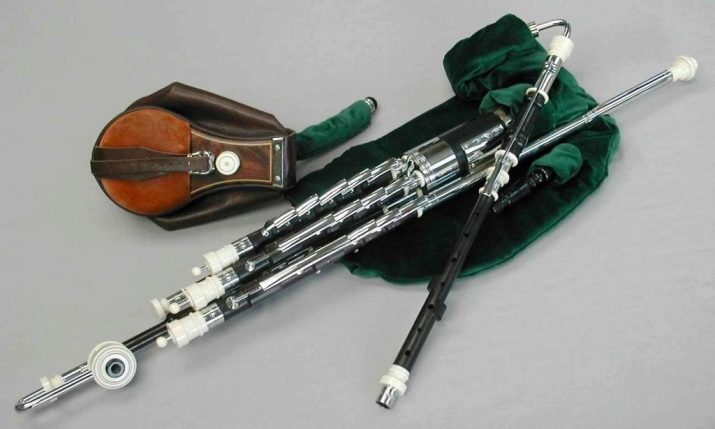
Nowadays, the art of making bagpipes is gradually fading away, so it is very difficult to get the instrument to be tuned correctly. Often in the manufacturing process there are flaws that cannot be corrected. Only a specialist can hear this. As a last resort, you can try to configure the tool yourself.
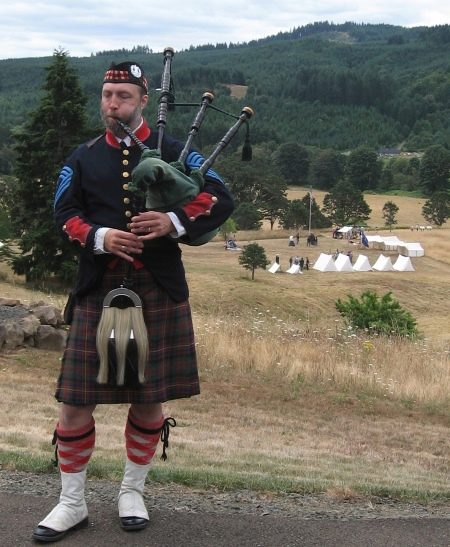
Here is an algorithm of actions (but for this you need to understand at least a little about this tool).
- The fur should be filled with air. At the same time, the pressure should be normal for both play and control.
- After that, it is advisable to play each of the notes. The fur and pump should run as little as possible.
- In the event that "floating" (unstable) sounds are caught during the game, then such a defect should be attributed to the production of the instrument.
- When all sounds sound equally stable, you can start learning over again (performer's mistake). True, for beginners it is better to start with slow tunes.
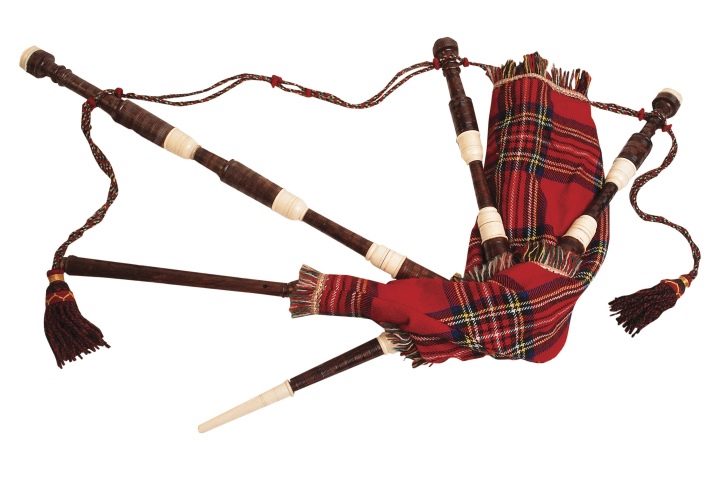
When using bagpipes, double reeds can change their shape due to pressure. Outwardly, it is impossible to notice, but you can hear it - the chanter will sound differently. This point is important to consider when setting up, since the cane will be stretched more than after playing. As a result, the first octave will be lowered.
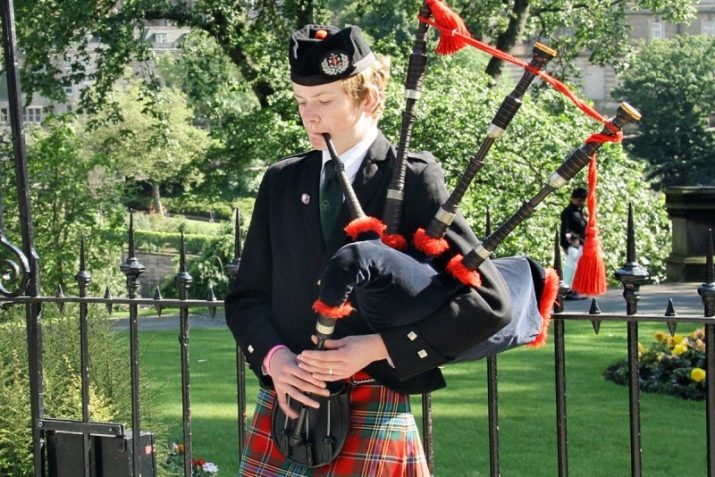
It is worth clarifying that The Scottish instrument is designed for only one octave, so the stretch of the reed is almost invisible. As for the Irish instrument, it has 2 octaves, so the decrease of the first can be easily determined by eye. Even at optimal humidity and temperature conditions, tuning can drop.
It is recommended to tune any of the bourdons when tuning the instrument a little higher than with a simple play.
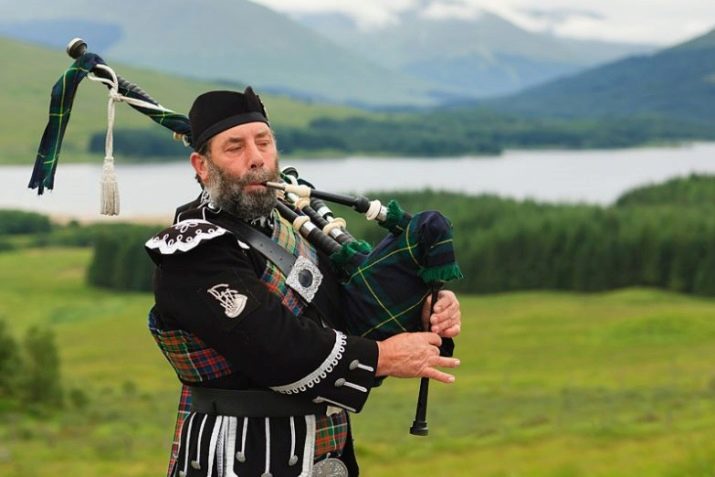
The tuning of the bourdon can be increased so that the frequency of knocking between it and the chanter is 2 times per second. At first you will have to blow with more force, but literally in a minute everything will return to normal. In the event that a separate sound falls out of order, then you need to experiment with adjusting the bourdons.
To tune individual sounds, you can use electrical tape by attaching it to the holes at the top 1/3 or 1/4 of the area. When sounds are heard lower than standard playing, you cannot manually adjust them. You can only lower all the sounds that have remained unchanged. And there is also an option: slide the cane into the chanter until the sound is better.
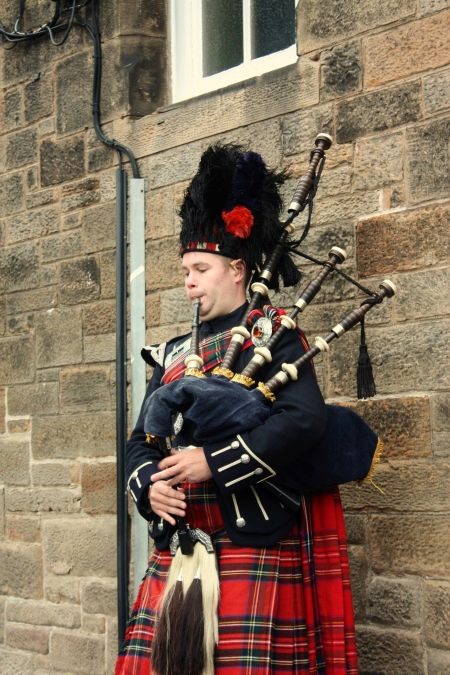
To play the melodies, the instrument is tuned taking into account the climatic characteristics, the season, the duration of the game and the warm-up required for the bagpipes. Ideally, the setup process is done under the same conditions as the upcoming game. For example, to play outdoors, all bagpipe adjustments must be made outdoors.
Of course, sometimes there are special situations when you need to quickly tune the instrument. For example, in warm rooms, the pitch of the first octave is increased. In cold conditions, the first octave will fall below standard in proportion to the air temperature.
Before a short performance, there is no need for a strong warming up of the instrument, and 30 seconds of loss before tuning is enough.
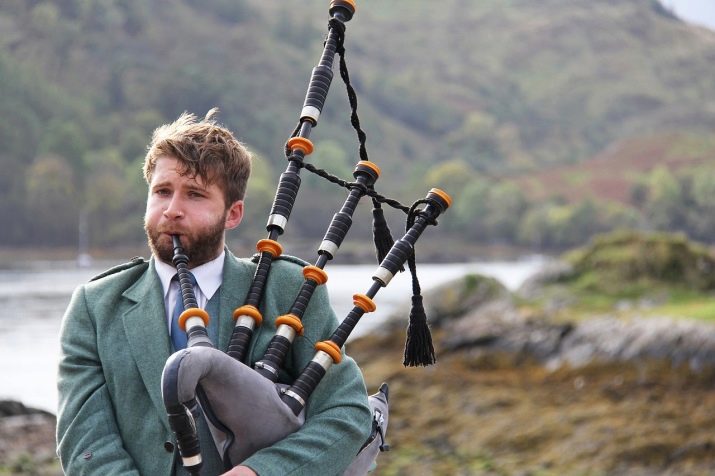
Technique of the game
The bagpipes are played in two ways (fingering): direct and Highland. It is generally accepted that the first method is simpler, since it is easier to learn. However, the second allows for better control over the bagpipes. This allows very complex musical compositions to be played.
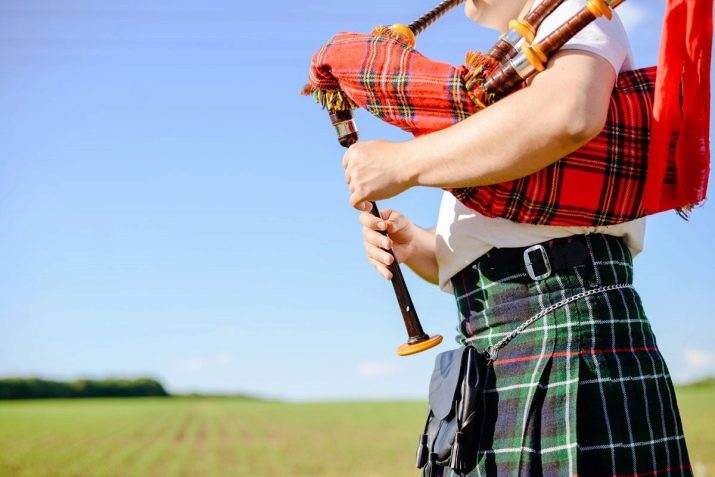
Playing bagpipes requires beginners to learn how to breathe properly.... It is important that it is delivered correctly. You should breathe with your stomach, not your chest. On inhalation, the stomach should move forward, and on exhalation, it should be drawn in. If you breathe only with your lungs, then the pressure in the reservoir will go astray, resulting in poor sounding of the instrument.
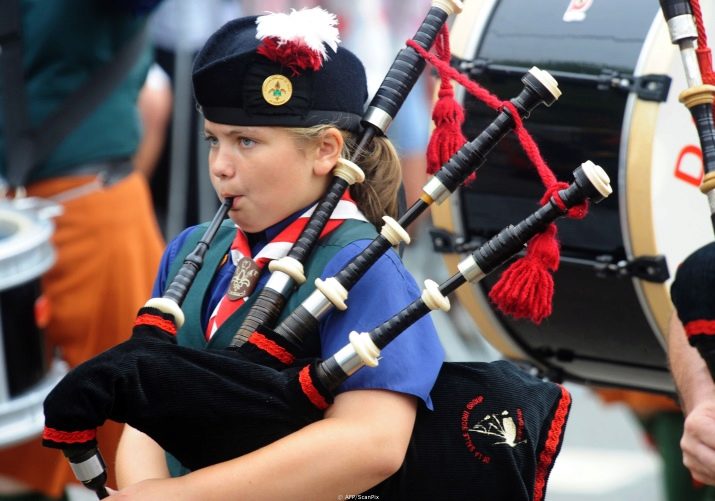
In that case, if breathing is correct, then the pressure in the air reservoir (bag) will be stable. Do not worry that you can suffocate while doing this, as there is no risk in this. This technique is also used by vocalists. To make learning easier, beginner pipers should use an instrument with rigid reeds. This is necessary for breathing to work properly when playing.
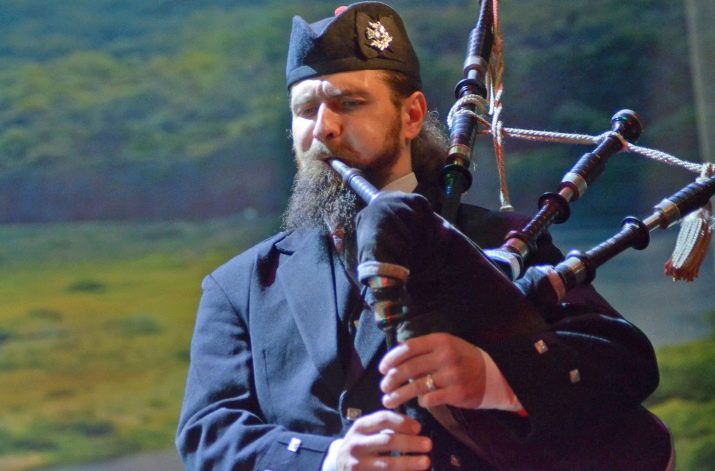
For information on how to play the bagpipes, see the next video.








